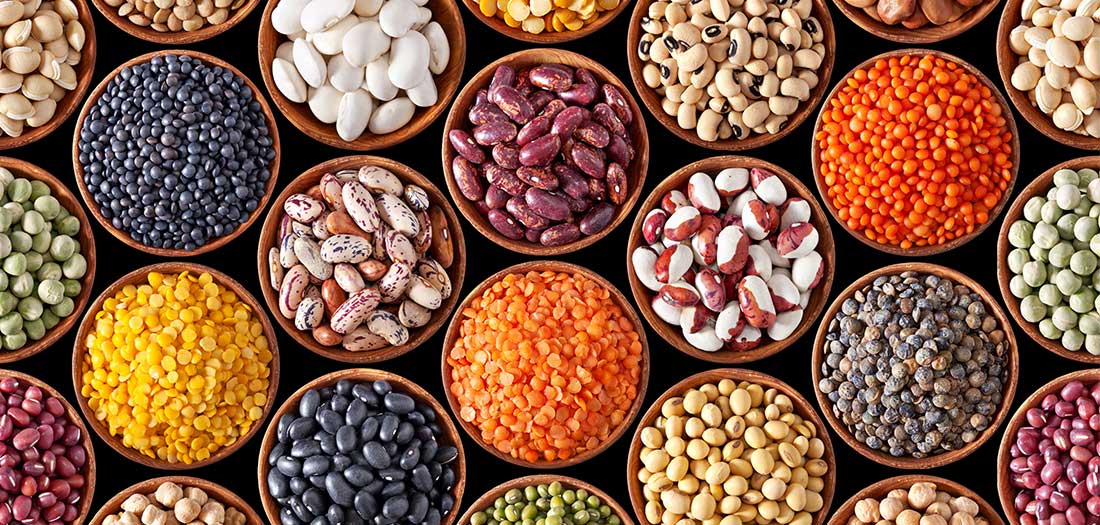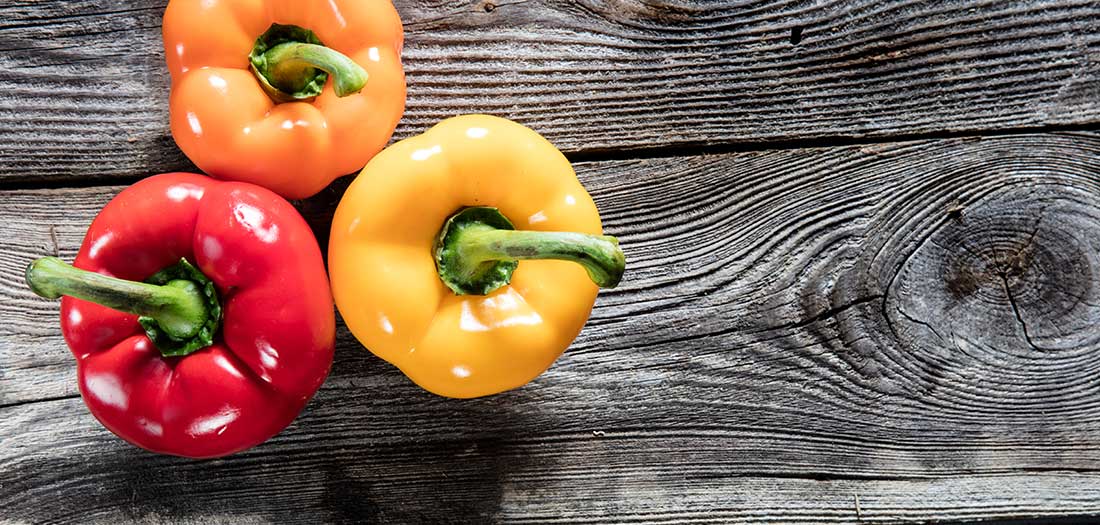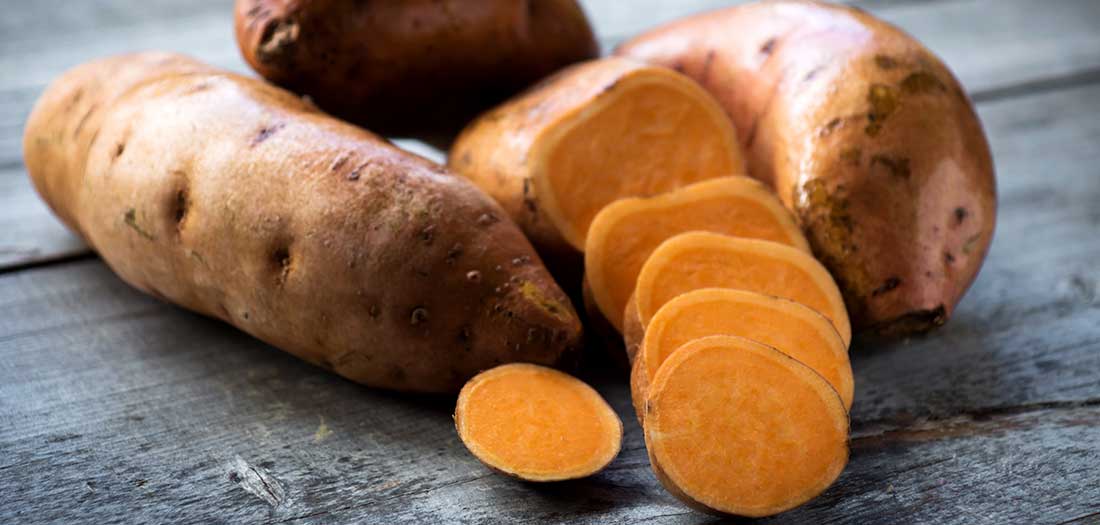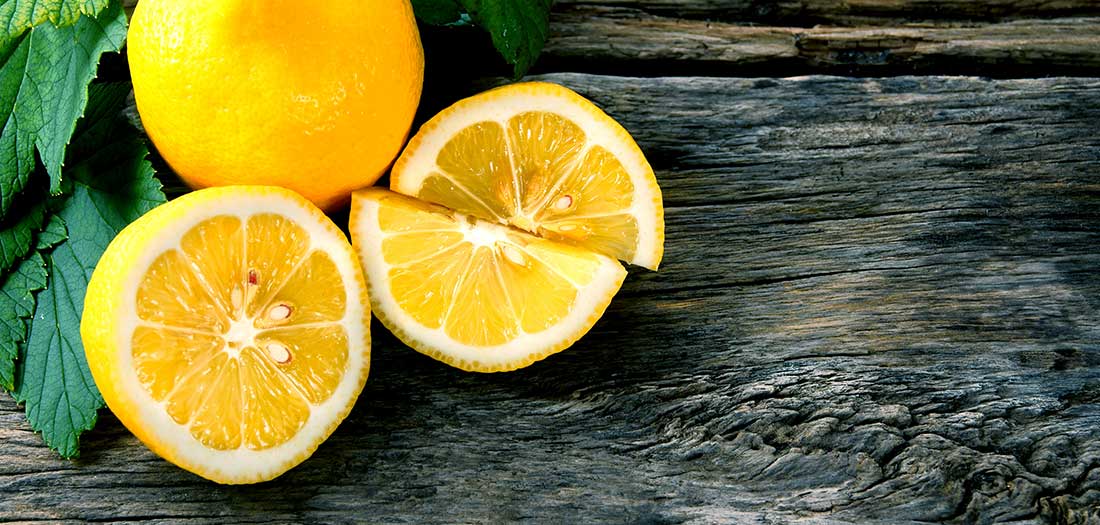5 Plant-Based Foods That Help Promote Weight Loss
by The Nutrition Twins
on
A growing body of research confirms the benefits of eating more plant-based meals. While many people assume that “plant-based” refers to eating no animal products whatsoever, it actually means focusing heavily on eating food from plants, such as vegetables, whole grains, legumes and fruits, while limiting (or eliminating) animal products. Plant-based meals are nearly always less expensive than animal-based meals, they’re better for the environment, and are typically better for your health and your waistline as well.
Here are five superstar plant-based foods that rock when it comes to weight loss—and that you should include in your diet regardless of whether or not your diet is plant-based:
Beans
Packed with fiber and protein, beans are known to be good for your heart, but they’re also ultra-satisfying, so they help to curb your intake (and calories) at mealtime. They can even help prevent overeating at the next meal and at snack time. In fact, a study published in Food and Nutrition Research found that people who ate a meal in which beans were the source of protein consumed 12% fewer calories at their next meal, thanks to the satiety created by the bean. Similarly, an Australian study showed that eating 3.5 ounces of chickpeas daily resulted in consuming less of all foods, including grains and processed snacks.
A few recipes to try:
Cabbage
Nearly all vegetables are a dieter’s dream come true, especially non-starchy, fiber-packed vegetables, which are low in calories and high in vitamins, minerals, phytonutrients, water and fiber. Cabbage is 92 percent water, so it fills you up with water and fiber and virtually no calories (17 calories per cup). Munch on it if you want a crunchy snack that you can eat without worry about it negatively impacting your waistline.
Here’s a great way to save calories: Replace just one cup of spaghetti and meatballs (or Chinese beef and fried rice or chicken pot pie) on your plate (most people eat 2–3 cups at a sitting) by mixing in cabbage. Do this daily and you’ll get a delicious flavor and wonderful texture, and you may also lose an extra pound or two.
Try these ways to enjoy cabbage:
- Sliced and use on a salad instead of (or in combination with) lettuce
- Mixed into a stir-fry
- Steamed and used as the outside of a dumpling
- Used as a wrap instead of traditional bread
Bell Peppers
Our weight-loss clients often tell us they crave a sweet, crunchy snack that won’t pack on the pounds. We recommend bell peppers to satisfy this craving. Fiber-packed bell peppers fill your stomach with fiber rather than calories, as one medium bell pepper has only 24 calories and can help limit your intake of high-calorie foods and prevent you from overeating. And crunch away—if you get enough fiber (women need 25 grams daily; men need 38 grams), research shows you actually will absorb as much as 90 fewer calories a day. Plus, 1 cup of sliced peppers provides a whopping 190% of the recommended daily value for vitamin C, a nutrient that counteracts the stress hormone cortisol, which triggers fat storage around the midsection.
Here are some tasty ways to consume more bell peppers:
- Tossed into your morning omelet
- Chopped and added to sandwiches, salads, tacos, burritos and wraps
- Combined in a Tex-Mex bean dip or salsa
- Dipped into hummus or guacamole
Sweet Potatoes
Most people who are trying to lose weight swear off all potatoes, including sweet potatoes. But sweet potatoes actually work beautifully when it comes to weight loss because they feel decadent and are an original comfort food. They also help fuel your brain and body with wholesome carbohydrates, and will cut your cravings for other calorie-dense carbohydrates like pasta and sugar. And, thanks to their fiber and dense, creamy texture, they’ll keep you feeling satisfied even though a 5-ounce sweet potato with skin is only 100 calories.
As if that weren’t enough, sweet potatoes also are rich in vitamin C and two very potent antioxidants—carotenoids and sporamins, which fight everything from aging to numerous diseases.
Lemons
A squirt of lemon contains just a few calories, yet it works miracles when it comes to flavoring food. Simply spritz lemon and drastically cut back on the salt and fat in most dishes and your taste buds won’t miss a thing and your waistline will be spared. Squeeze a little lemon juice on fish or steamed veggies instead of a caloric marinade or butter. You can also use it on salad instead of dressing, on rice instead of creamy sauces, or on any other dish you’d like, and save hundreds of calories over the course of the day. Add lemon to water and watch your water consumption soar. When you’re even mildly dehydrated, all body functions suffer and you feel tired, making exercise a struggle. But if you can drink adequate water thanks to the lemon infusion, you may have a much easier time burning calories and losing weight from exercise.
Lemon health bonus: Lemon is rich in vitamin C; spritz it over spinach, chicken or another iron-rich food and you’ll enhance your absorption of the iron.












